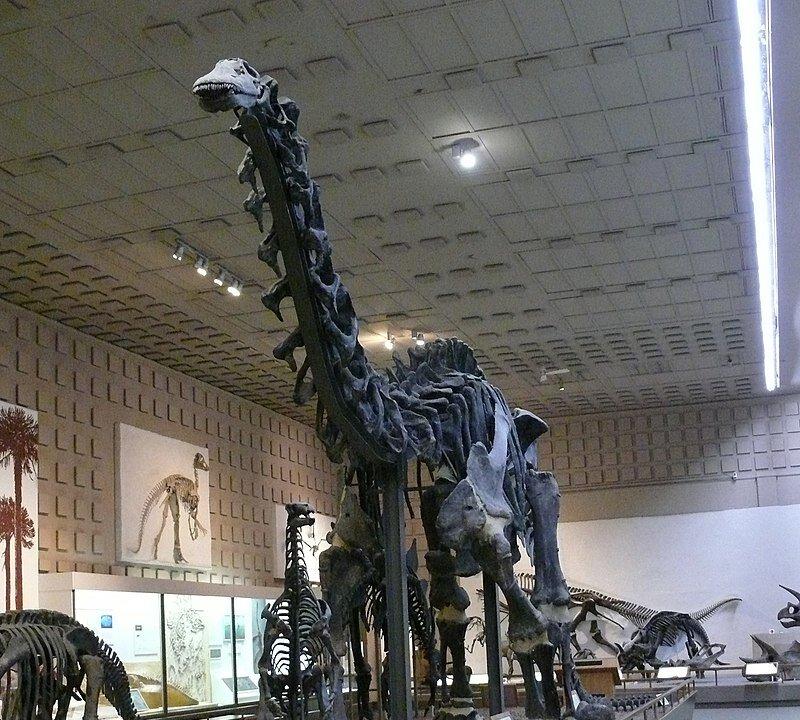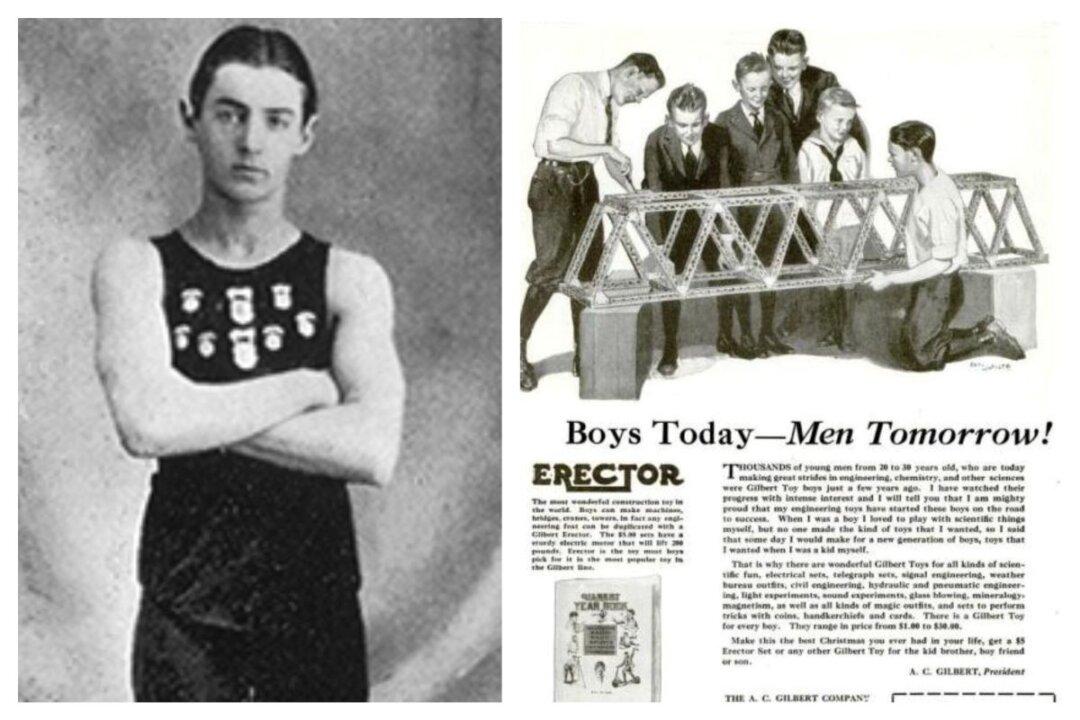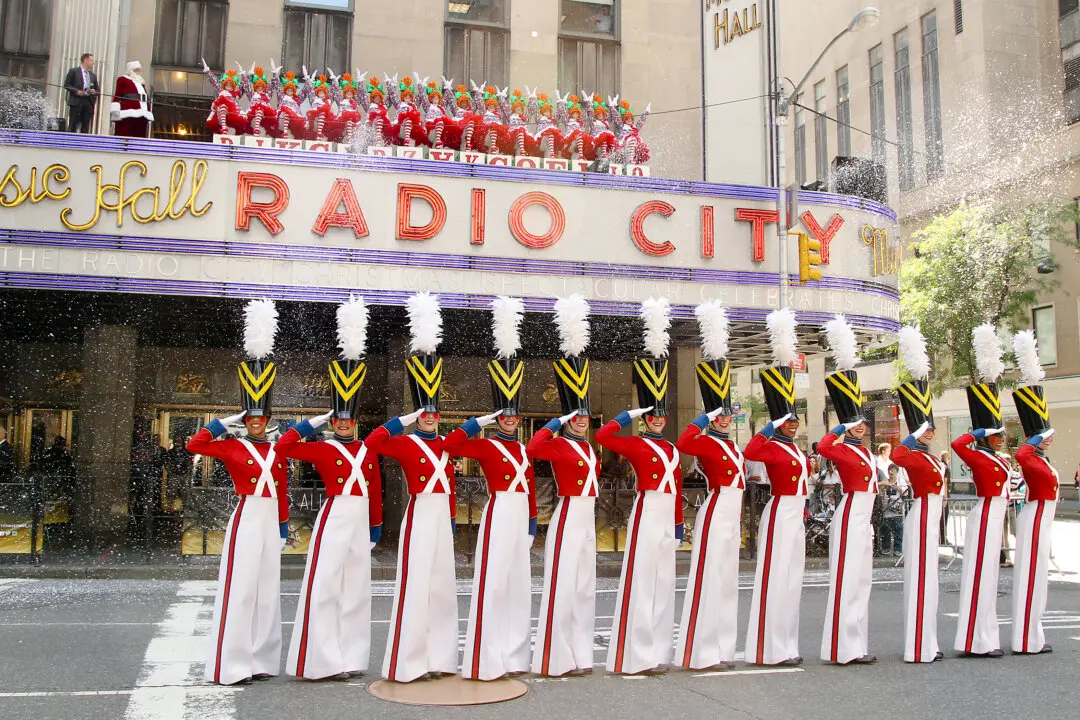William Harlow Reed (1848–1915) was the eldest of 10 children born to Scottish parents. Born in Connecticut at the start of the California Gold Rush, he grew up hearing stories about western expansion, Indian fights, great discoveries of natural fortunes and fossils, and battles of the Civil War. He ran away from home several times to volunteer with the Union Army.
His first job was with the Union Pacific Railroad. He was hired to remove snow to make way for the rail lines. His expertise with a rifle, however, was soon noticed, and he was sent to hunt food for the workers and ward off Indians.






